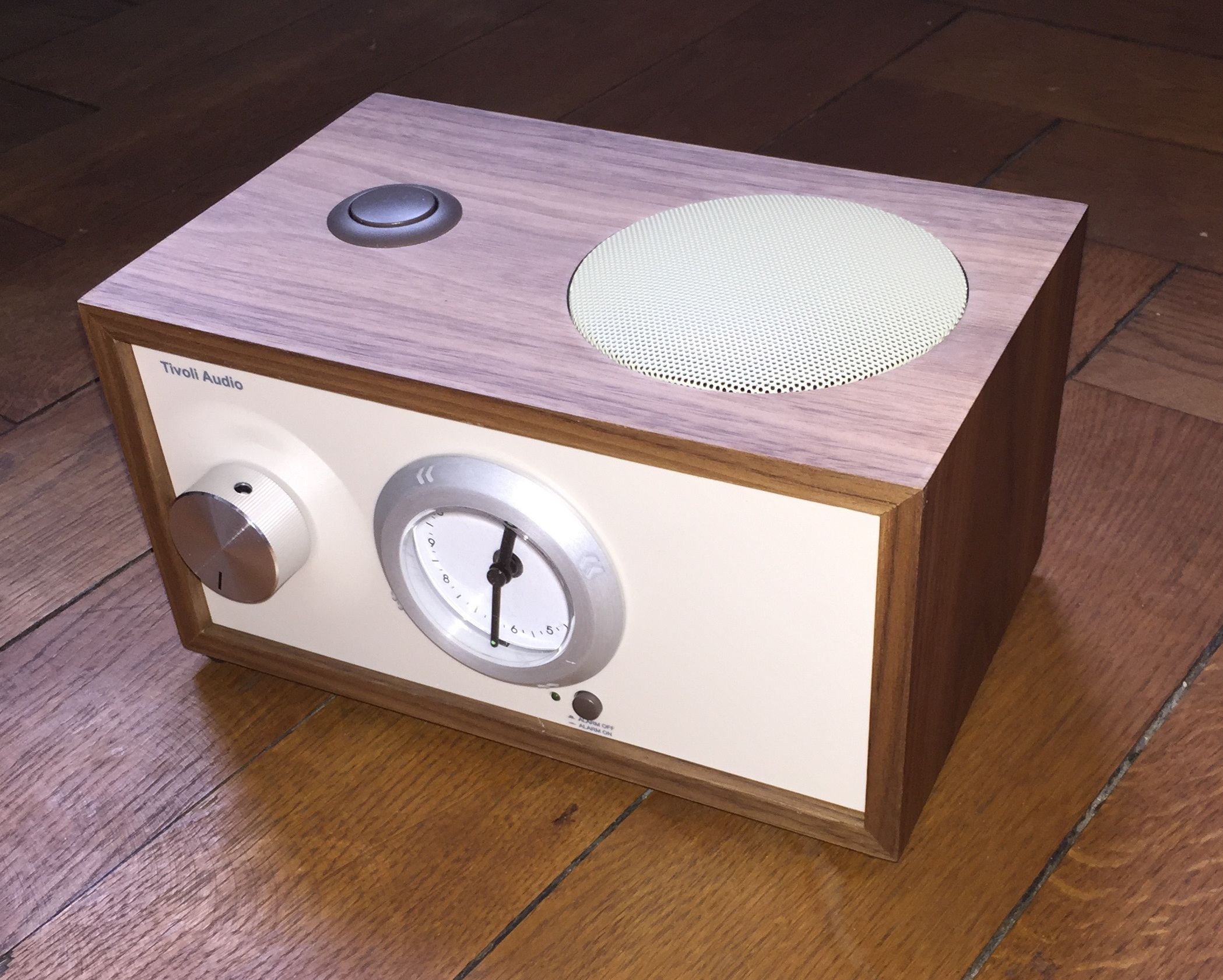

Once that has been set up, it was a time to connect the rotary encoder to that Pi. I have started with a fresh installation of Raspbian Lite (no need for a GUI here). In essence, an ultra cheap Raspberry Pi Zero would be more than enough for that, but, since I already had an old Pi 3 laying unused somewhere in a drawer, it was the time to power it up again. So, another Raspberry Pi device was needed to join the setup! “All” what I wanted to do, is to send GET requests to the MoodeAudio APIs.īut wait – in that case, my rotary encoder did not even have to be connected to that Raspberry Pi, which was connected to the BEOCREATE! That way I didn’t have to fiddle with the “production” machine, fight for the processor time, or solder anything on the bottom side of the GPIO pins. No, I wanted my rotary knob to be sending instructions to the software, not to the amp. If someone would, for example, first change the volume with the knob (directly on the amplifier), and then through the app on Moode, the results would be very “interesting”, to say at least.
#Jivelite raspberry pi rotary encoder software#
The main issue was that I did not want to send the vol+ and vol- signals directly to the BEOCREATE amplifier, since MoodeAudio software (which I am using as a media player) wouldn’t know anything about it, and those two would be out of sync. Well, of course things wouldn’t be that simple. In theory, you need to connect those pins to the corresponding GPIO pins of the Raspberry PI, write a small Python script (or a C program) to fetch the input signals and control the volume, and the thing would work. It has got five pins – ground (GND), power (+), SW (push button switch), CLK (clock) and DT (direction). A nice small piece of tech, well documented, and relatively easy to wire with the Pi. I’ve got a Frei KY‑040 rotary encoder, which works well with the Raspberry Pi. Sure, I could cover it with a non-functional dummy knob, but that would be just lame. Why did I want a knob in the first place? I can control the volume through the app? First of all, there was already a hole drilled where rotary knob should come. Well, that potentiometer was unfortunately the very first thing to die from the original equipment. In the original box from 1969, it has been of course connected to the potentiometer. It is all working just fine, one last thing that had to be done is to put back to function a rotary controller. The last week I have been posting about using Raspberry Pi, HiFiBerry BEOCREATE and Moode Audio to revive my vintage Grundig Mandello e/St music cabinet.


 0 kommentar(er)
0 kommentar(er)
